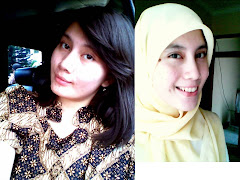by : Morten Hertzum, Hans H. K. Andersen, Verner Andersen, and Camilla B. Hansen
Published : Interacting with Computers, vol. 14, no. 5 (2002), pp. 575-599.
Abstract.The notion of trust has been virtually absent from most work on how people assess and choose their information sources. Based on two empirical cases this study shows that software engineers and users of commerce websites devote a lot of attention to considerations about the trustworthiness of their sources, which include people, documents, and virtual agents. In the project-based software engineering environment trust tends to be a collaborative issue and the studied software engineers normally know their sources first hand or have them recommended by colleagues. Outside this network people are cautious and alert to even feeble cues about source trustworthiness. For example, users of e-commerce websites – generally perceived as single-user environments – react rather strongly to the visual appearance of virtual agents, though this is clearly a surface attribute. Across the two cases people need access to their sources in ways that enable them to assess source trustworthiness, access alone is not enough.
Keywords: Trust, information-seeking behaviour, information sources, personified virtual agents, usability criteria
. . . . . . . . . . . . . (baca selengkapnya)
Artikel
Lengkap dikompilasi oleh/ HUBUNGI :
Kanaidi, SE., M.Si (Penulis “Buku Dasar-Dasar PERIKLANAN”, Service
Quality and Motivation
Trainer, Dosen Marketing Management, Praktisi
Bisnis)
Jln. Sariasih No. 54
BANDUNG 40151
HP. 08122353284 -
087822984716 Telp/Fax. 022-4267749
PIN BBm :
27CBC148
Facebook : Kanaidi Ken & Kanaidi Ken Part II
-------------------------------------------------------------
MUNGKIN Anda BUTUH ini?:













Tidak ada komentar:
Posting Komentar